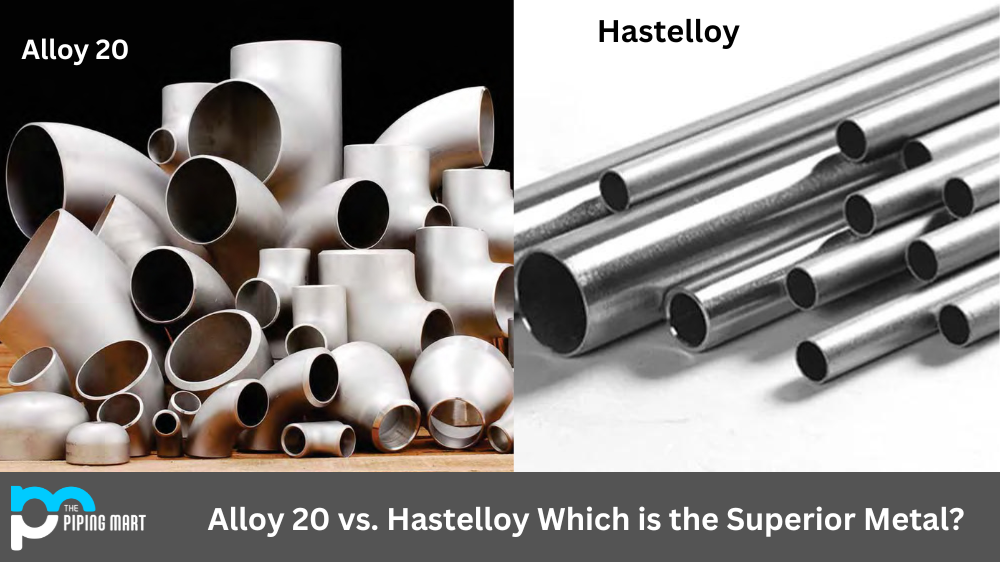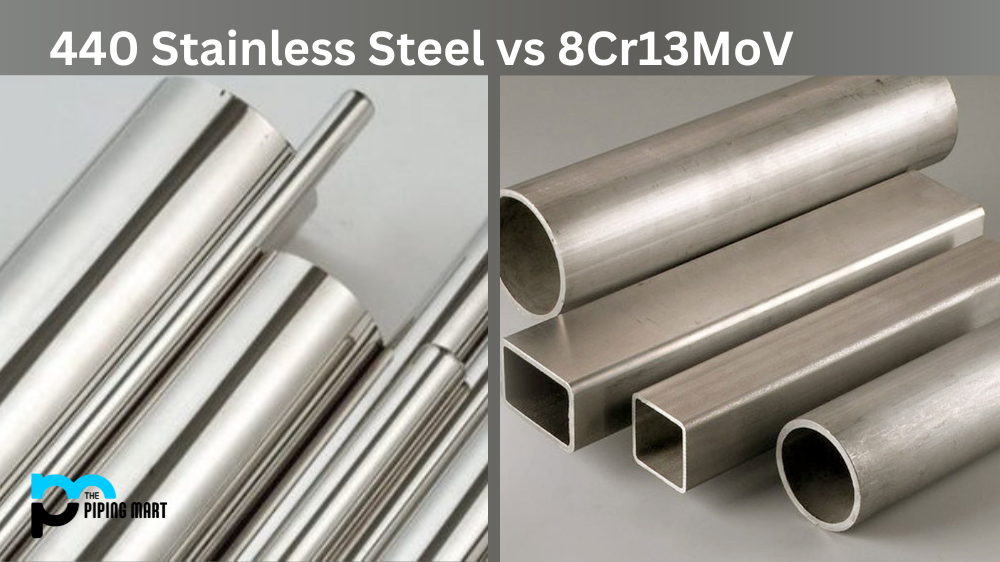Alloy 20 and Hastelloy are two of the most popular alloys used in the manufacturing industry. They both have advantages and disadvantages, but a few key differences make one superior to the other, depending on usage. This article will discuss why Alloy 20 might be better for some applications and why Hastelloy would be a preferred choice in other cases.
Alloy 20
Alloy 20 is a nickel-chromium-molybdenum stainless steel alloy that was developed for use in the chemical industry. The alloy has excellent corrosion resistance to a variety of chemicals, including sulfuric acid, phosphoric acid, and nitric acid. Additionally, Alloy 20 has good weldability and formability properties.
Hastelloy
Hastelloy is a family of nickel-chromium-molybdenum alloys that were developed for use in the chemical industry. The alloys have excellent corrosion resistance to a variety of chemicals, including sulfuric acid, phosphoric acid, and nitric acid. Additionally, Hastelloy alloys have good weldability and formability properties.
Alloy 20 vs. Hastelloy: What’s The Difference?
Both alloys are composed of nickel-chromium-molybdenum (NiCrMo), but they differ slightly in their composition — specifically, Alloy 20 contains copper while Hastelloy does not. This difference affects their performance characteristics and makes them suitable for different uses.
Alloy 20 is known for its excellent corrosion resistance properties and can withstand temperatures up to about 1000°F (538°C). It is also highly resistant to sulfuric acid, making it an ideal material for industrial use in chemical processing plants or power plants that require corrosion-resistant materials. However, it is not as strong as other metals, such as hastelloy, so it may not be the best material for applications where strength is paramount.
On the other hand, hastelloy has higher strength than alloy 20 but is not as resistant to corrosion or temperature extremes. It is still a good choice for many applications due to its strength and ability to withstand moderate temperatures up to about 1500°F (815°C). Hastelloy also offers good weldability and formability, making it easier to shape into finished products than other metals like stainless steel or titanium.
Composition
The biggest difference between Alloy 20 and Hastelloy is their composition. Alloy 20 contains carbon, while Hastelloy does not. This makes Alloy 20 more susceptible to carbide precipitation, which can reduce its corrosion resistance. Additionally, Alloy 20 contains silicon, which can improve its weldability but can also lead to hot cracking. Hastelloy does not contain silicon, making it less likely to experience hot cracking during welding.
Properties
Due to their different compositions, Alloy 20 and Hastelloy have different properties. Alloy 20 is more resistant to corrosion than Hastelloy but is also more susceptible to carbide precipitation. Additionally, Alloy 20 has better weldability than Hastelloy but is also more likely to experience hot cracking during welding.
Which One Should You Use?
The decision of whether to use Alloy 20 or Hastelloy depends on the application. If corrosion resistance is the most important factor, then Hastelloy would be the better choice. However, if weldability is more important, then Alloy 20 would be the better choice.
Conclusion:
Ultimately, choosing between alloy 20 and hastelloy depends on your specific needs. If you need something with excellent corrosion resistance properties, then alloy 20 might be the better option, while if you need something with high strength, then hastelloy might be the better choice. Both alloys have advantages and disadvantages, so research is important before deciding which metal would work best for your application. Understanding what each material offers can help you make an educated decision that serves your needs well!

Pipingmart is B2B portal specializes in industrial, metal and piping products. Also, share latest information and news related to products, materials and different types grades to help business dealing in this industry.




